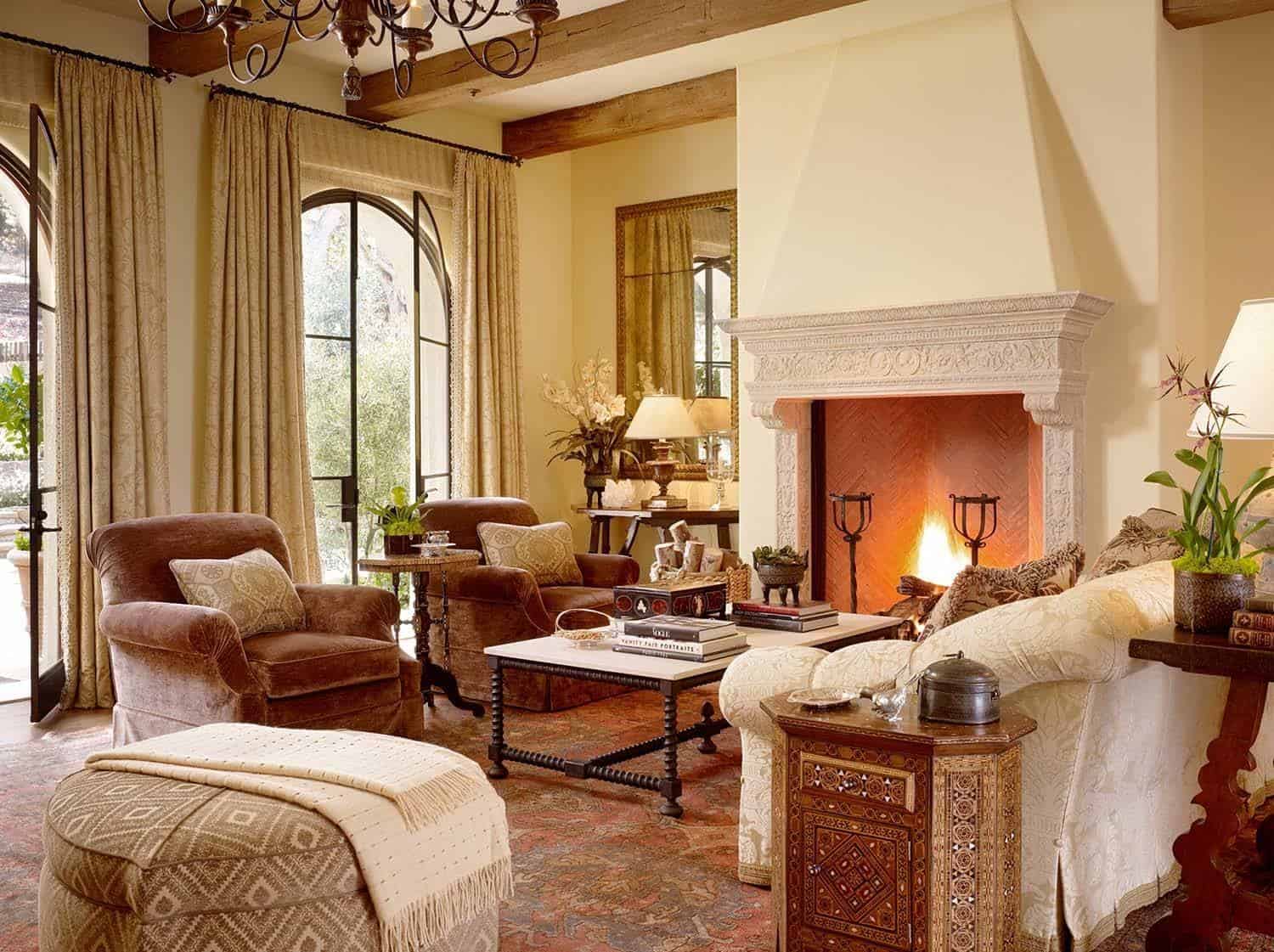Introduction
Being creative is essential in today’s world. Whether you’re an artist, writer, entrepreneur, or just someone who likes to think outside the box, creativity is the driving force that propels us to innovate and create new things. However, creativity is not something that comes naturally to everyone. Sometimes, we need to create an environment that fosters and nurtures our creative spirit. That’s where designing a creative space comes into play.
What is a creative space?
A creative space is a physical or virtual environment designed to inspire and enable creativity. A creative space can be anything from a studio, a home office, a coworking space, or even a coffee shop. The key feature of a creative space is that it should be a comfortable, inspiring, and distraction-free environment that allows you to unleash your creativity.
Why is designing a creative space important?
Designing a creative space is important because it can help you tap into your creative potential. When you have a designated space where you can escape from the distractions of daily life, you can focus on your creative work without interruption. Your creative space should be a place where you feel comfortable, calm, and inspired. It should be a place where you can focus on your work and let your creativity flow.
Designing Your Creative Space
Define your purpose
The first step in designing your creative space is to define your purpose. What is it that you are trying to achieve? Are you a writer, an artist, a musician, or an entrepreneur? What kind of creative work do you do? Once you have a clear idea of your purpose, you can start designing a space that will support and enable your creative endeavors.
Choose the right location
The location of your creative space is important. It should be a place where you feel comfortable and inspired. If you work from home, choose a room that has plenty of natural light and is free from distractions. If you prefer to work in a coworking space, find one that is quiet and conducive to creative work.
Create a comfortable work environment
Your workspace should be comfortable and ergonomic. Invest in a good quality desk, chair, and lighting. Make sure that your equipment is up to date and that you have everything you need to do your work efficiently.
Add inspiration and personal touches
Your creative space should be inspiring and reflective of your personality. Add personal touches such as photos, artwork, and inspirational quotes. Use colors and textures that evoke feelings of creativity and energy.
Minimize distractions
Distractions can be a major barrier to creativity. When designing your creative space, minimize distractions as much as possible. Choose a quiet location, turn off your phone, and avoid social media. Create a space that is solely dedicated to your creative work.

